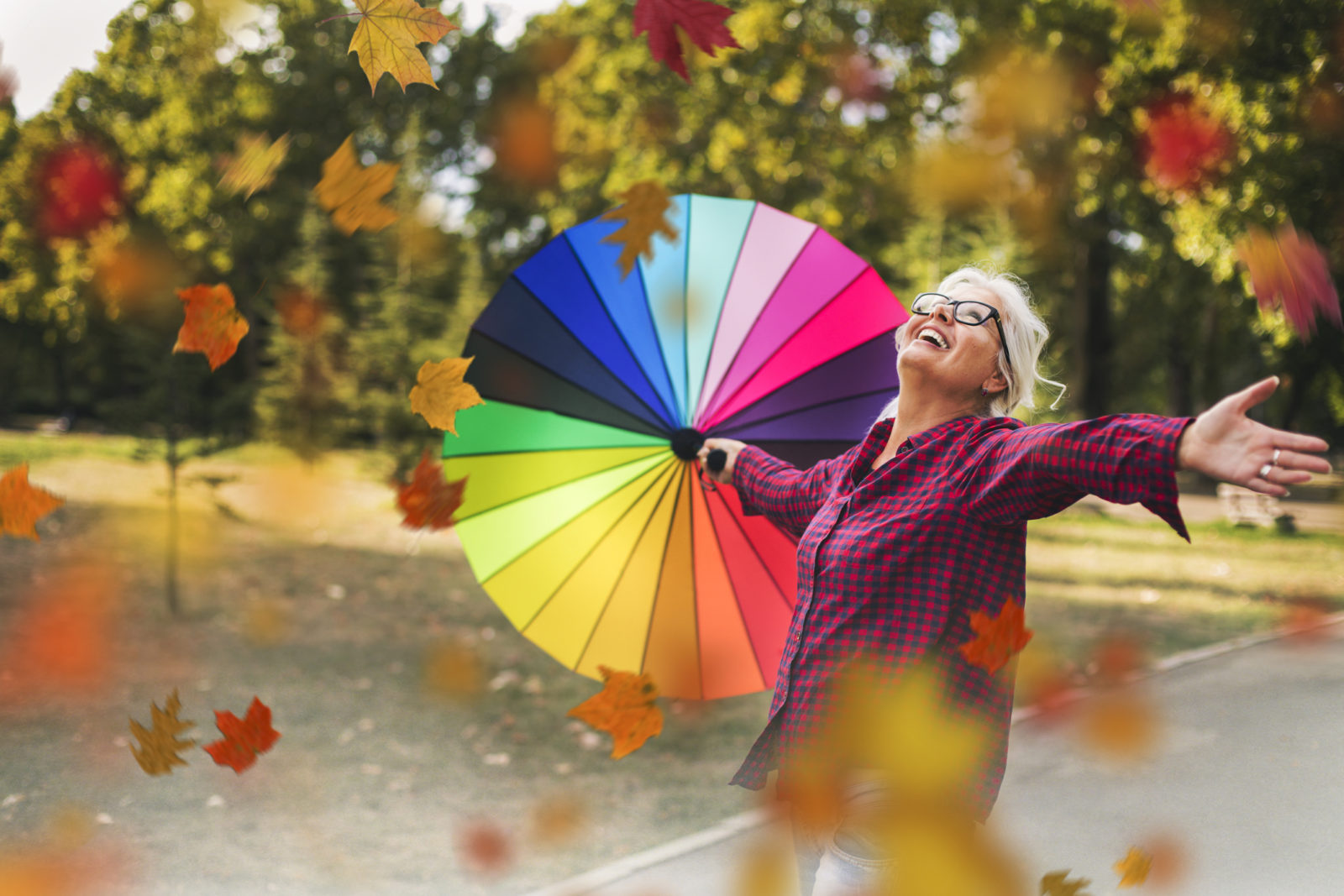Six Tips to Help Prevent Falls Year-round

Fall Prevention Awareness Day is on September 22, which is also the first day of autumn. For seniors, fall prevention is particularly important as the risk of falling increases as we age. And the consequences of falling also increases as we age – seniors are much more likely than their younger counterparts to experience a hip fracture or traumatic brain injury after a fall. The CDC reports that every 11 seconds, an older adult is treated in the emergency room for a fall; every 19 minutes, an older adult dies from a fall.
According to the National Institutes of Health, some of the major risk factors for falling include:
- Muscle weakness, especially in the legs
- Balance issues and difficulties with walking
- Unsafe footwear, which can lead to foot problems
- Poor vision
- Medications that cause dizziness or drowsiness or taking too many medications
- Hazards in the home, such as clutter, loose rugs and wet surfaces
The good news is that falls are highly preventable. Here are some tips to keep you or a loved one safe:
Become physically active
Exercise can provide numerous benefits: squats, leg extensions and toe stands can strengthen the legs, providing more support when walking; exercises such as tai chi can help improve balance; and walking can improve strength, balance and endurance. Be sure to check with your physician before starting and exercise routine. If you experience any pain, dizziness or trouble breathing during or after exercise, talk with a doctor, nurse or physical therapist.
Perform a “medication checkup”
Many medications have side effects, which can include dizziness or drowsiness, which can increase your chance of falling. Overmedication is also a problem common in seniors. Talk with your doctor or pharmacist on a regular basis to see if there are alternate medications you can take and to ensure the drugs you’re taking are causing problematic interactions.
Make sure your footwear supports your body
Trade in those high heels for some sneakers with nonskid soles. Around the house, floppy slippers and walking around in stocking feet can cause one to slip on hardwood or tile floors.
Fall-proof your home
Nearly 50 percent of all falls happen in the home. You can help reduce the risk by taking some steps to make the home safer.
- Install handrails in the bathroom, a particularly risky place for falls.
- Put nonskid flooring throughout the house.
- Remove clutter and add nightlights.
Get an annual eye exam
Poor vision increases the likelihood of a fall. Visit your ophthalmologist for a vision test and to check if there are any other issues, like glaucoma or cataracts, which may be causing your problems.
Get some help
Many falls occur while people are reaching to put away groceries, scrubbing away a stain high on the wall, walking the dog, or even bathing. Consider hiring a home care professional to assist you with daily activities that put you at greater risk of falling. An Aging Life Care Professional® can recommend resources and develop a care plan that can help reduce your risk of falling.
![PATHWAYS Care Solutions, LLC [logo]](https://www.pathwayscaresolutions.com/wp-content/uploads/sites/207/2016/10/logo-new-oct4.jpg)
![PATHWAYS Care Solutions, LLC [logo]](https://www.pathwayscaresolutions.com/wp-content/uploads/sites/207/2016/08/new-logo.png)